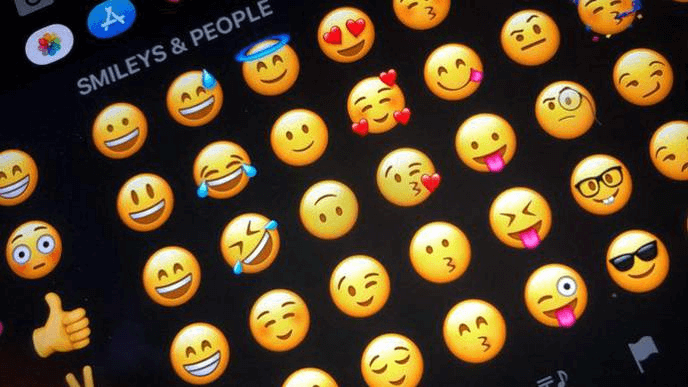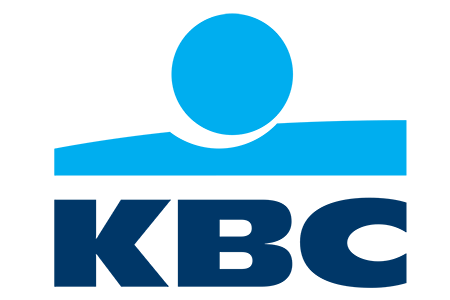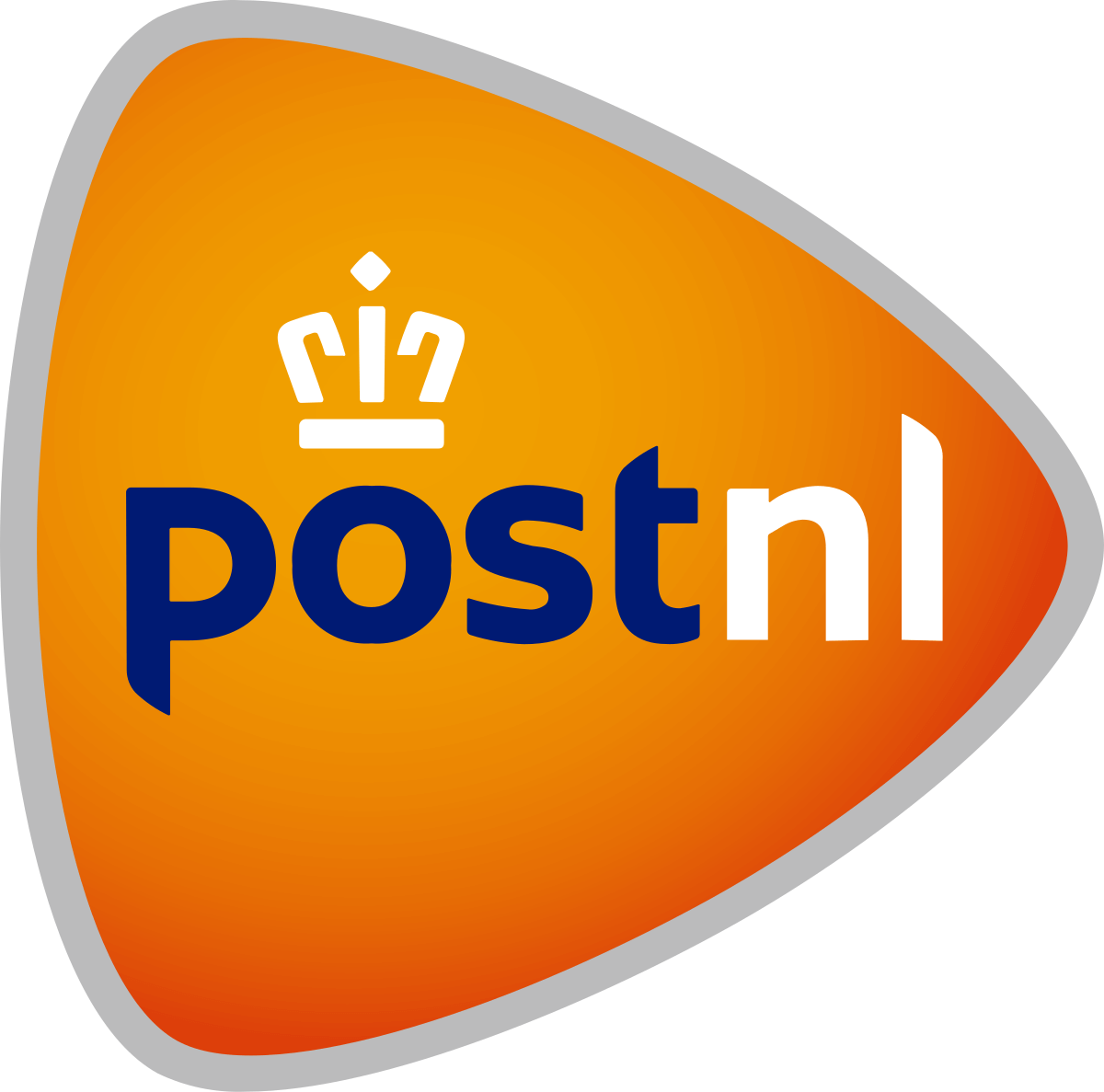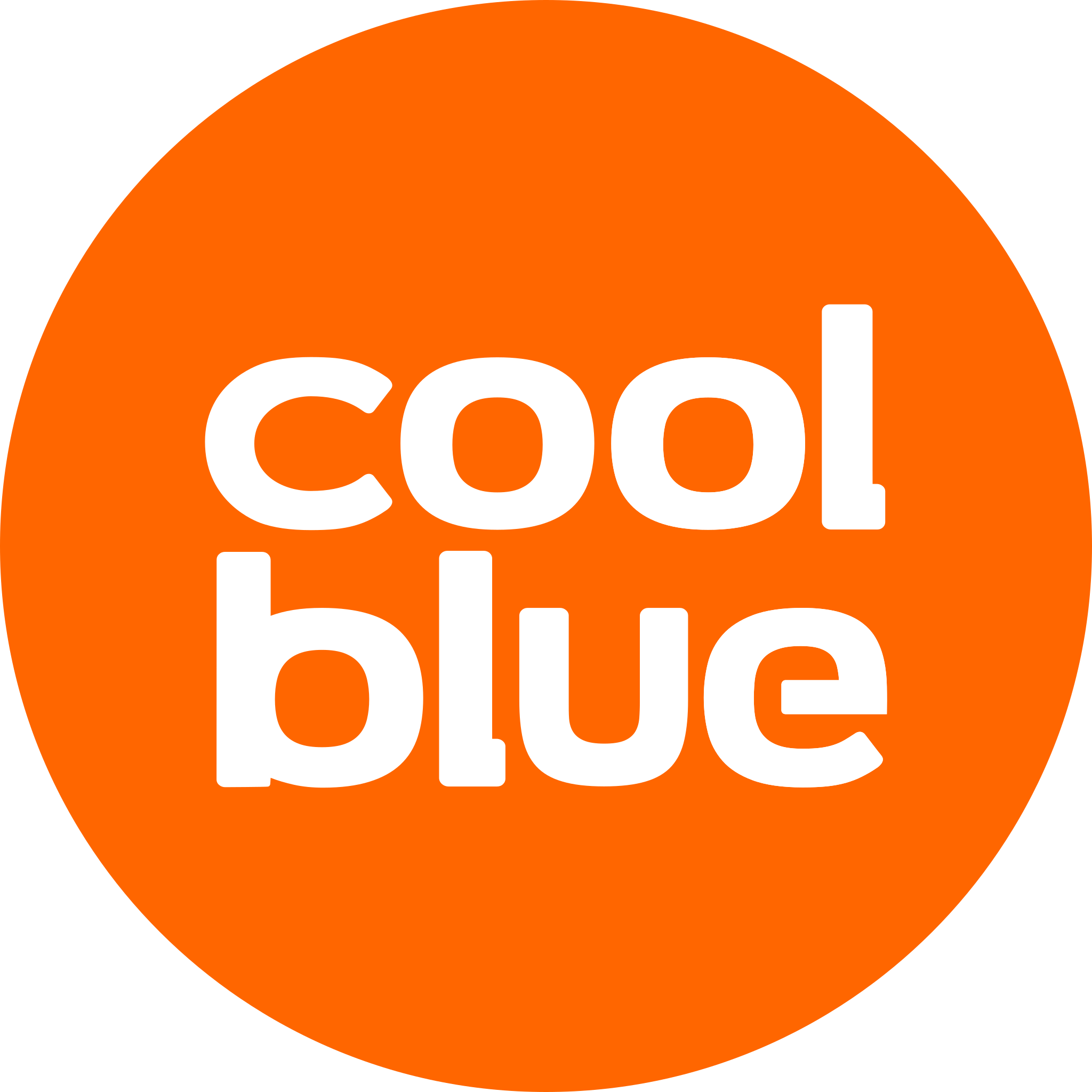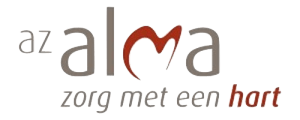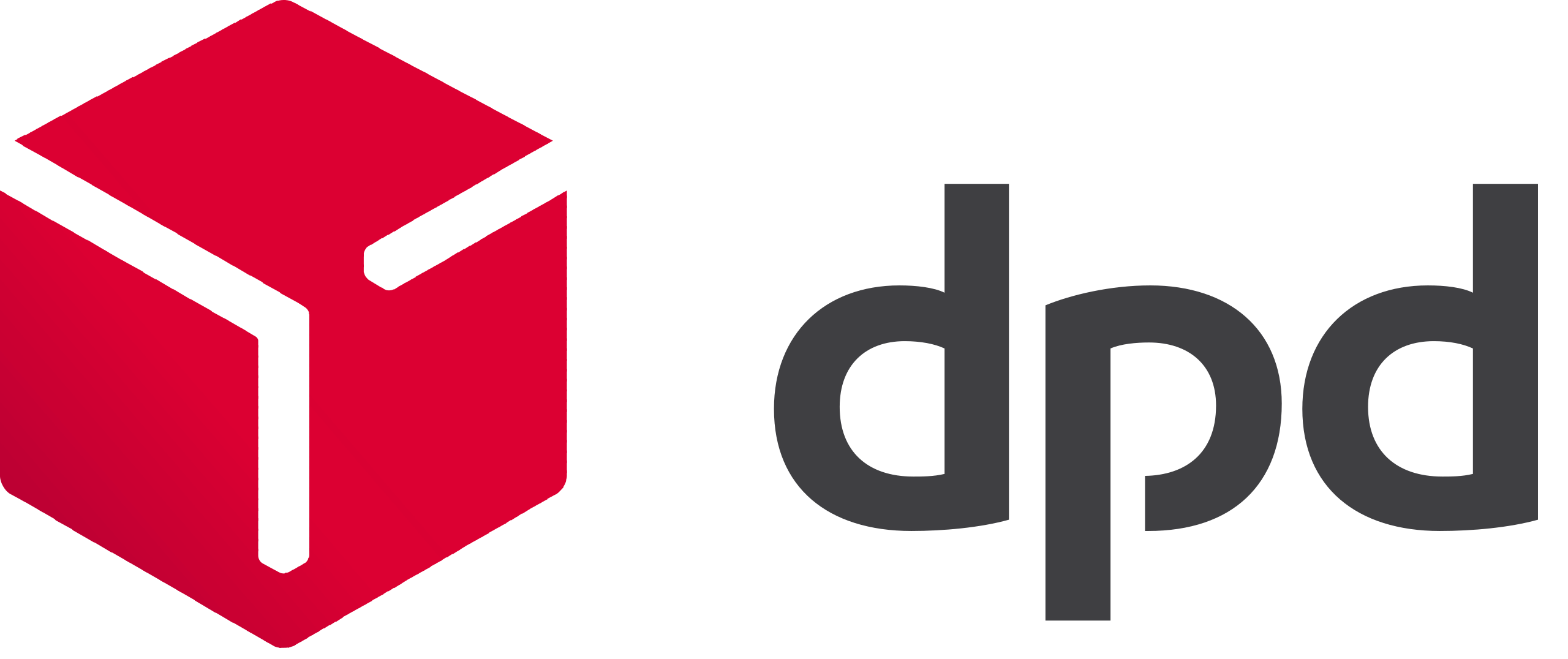We all know them, the emojis on your phone that without words, can “say” a lot. The series of icons continues to expand every year and that has got scientists thinking. As a result, emojis have also been the subject of research in healthcare in recent years, as the simple icons can overcome language barriers and improve communication. Also in the use of Messaging in healthcare.
There is a growing interest in studying the effects of emojis in healthcare. The explanation is as simple as an emoji itself: it can facilitate and improve communication. In a healthcare setting, this is extremely valuable, as the proper exchange of information between healthcare provider and patient is of great (and sometimes life) importance.
Rise of the medical emoji
In the past six years, medical emojis have already made their appearance with the general public. It started with a 💉 (popular during the corona crisis) and a 💊 in 2016. The series has now expanded to some 45 emojis. From bodyparts👃 and organs 🫀 to wheelchairs 👩🦽 and healthcare providers 👩⚕️ . Even the symbol of medicine from ancient Greece, the staff of Asclepius, is now an emoji,⚕️.
That the emoji is popular, became clear back in 2015. That’s when the Oxford Dictionary named the emoji 😂 the 2015 Word of the Year. We now know that more than 90 percent of online users use emojis to communicate complex concepts more effectively with fewer words.
Healthcare: more and more online
Back to healthcare. Because there is a lot to be said for the use of emojis in healthcare. An example: improving hand hygiene (to prevent infectious diseases). In Australia, a study was conducted in 2019 on hand hygiene compliance among hospital cleaners. Although this group was aware of the need for hand hygiene, the rules were not well followed. The causes were mainly in the way of communication: an overload of information and confusing training materials. The solution here could be: the use of simple reminders (emojis) combined with understandable language.
Communication between patient and healthcare provider
Research by Perfect Serve in 2020/2021 shows that emojis are used in healthcare primarily to convey positive messages. The US company based its research on nearly 16,000 messages from five of its largest customers (healthcare institutions). The most frequently found symbol was the 👍 , followed by a 🙂 and the 🙏 . The icons are mainly used between healthcare providers themselves, but with the growing diversity in our society, they could also be very well used for communication between healthcare providers and patients. For example, when communicating symptoms or pain levels or relaying discharge instructions.
Examples of emoji’s in healthcare
In 2017, the 🦟 emoji was introduced to improve the communication and the research related to mosquito-borne diseases and monitor outbreaks. 🤒 and 🤧 are among the smileys that can be used to portray a hospital patient, someone with a cold or flu. Other health-related emojis include 🥼 , 🦠 , 🧪 , 🧫 , 💉 , 💊 , 🩺 , 🏥 , 👨 , 👩 and 🧬 . These were also added to Unicode 11.0 in 2018 to facilitate scientific communication in the digital world.
Emoji in messaging
There is much to be gained by using emoji. It is a valuable addition to text, where language is a barrier. You can compare it to an SMS message versus an email. Because of the maximum of 160 characters of an SMS message, the sender is ‘forced’ to formulate clearly and concisely. This adds to the power of the message.
Shared language
Emojis have attracted scientific attention because of their ability to convey emotion, attitude and attention when added to a text across languages and cultures. Of course, an SMS message or emoji will never replace face-to-face conversation with a doctor, but emojis do form a common language. We expect emojis to be used more and more in medical contexts in the coming years. Especially since more and more communication between doctors and patients is taking place online and there may be a language barrier.
Want to know more about SMS in healthcare?
Spryng was founded 16 years ago to reduce the number of ‘no-shows’ in healthcare by sending appointment reminders via SMS. We now work for many other sectors, but optimizing processes in healthcare remains one of our company’s spearheads. We would be happy to tell you more about it. Call +31 20 770 30 05 for more information or an informal meeting.

